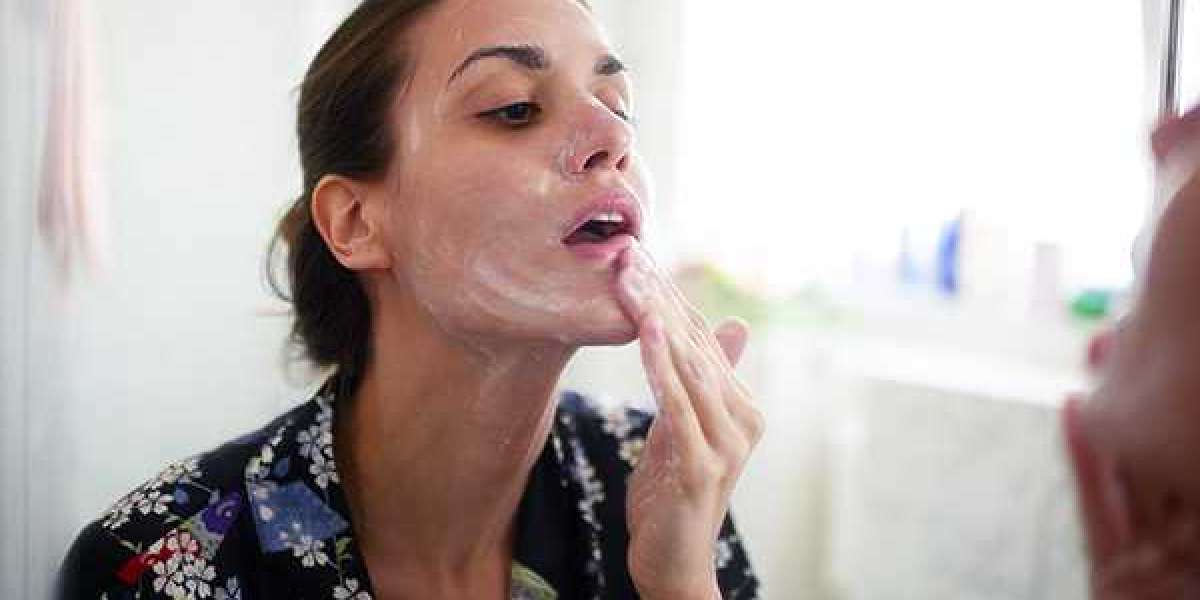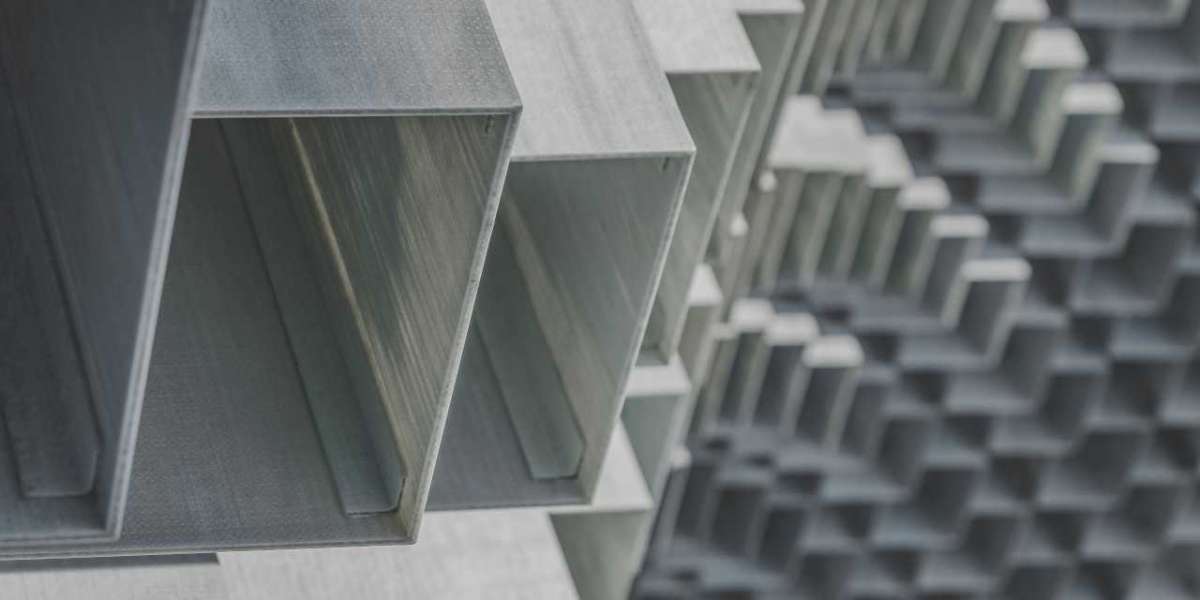Prep Your Skin: Start by cleansing your skin thoroughly to remove any oils or dirt. Then, apply a moisturizer to hydrate the skin and create a smooth base for the makeup.
Color Correction: Bruises often have a bluish or purplish hue. To neutralize these tones, use a color corrector. For blue or purple bruises, use a yellow or peach color corrector. Apply a small amount directly onto the bruise and gently blend it out using your fingertip or a makeup brush.
Concealer: After color correcting, apply a concealer that matches your skin tone over the bruise. Choose a concealer with a creamy texture that provides full coverage. Dab the concealer onto the bruise using a makeup brush or sponge, and then blend it outwards until it seamlessly blends with the surrounding skin.
Setting Powder: To ensure the makeup stays in place and doesn't smudge throughout the day, set it with a translucent setting powder. Use a fluffy makeup brush to apply the powder over the concealed bruise, focusing on patting it gently to avoid disturbing the makeup.
Foundation: If the bruise is in a larger area, you may also want to apply foundation to even out the skin tone further. Choose a foundation that matches your skin tone and apply it over the concealed bruise using a makeup brush or sponge. Blend it outwards for a seamless finish.
Blending: Blend the edges of the makeup carefully to ensure there are no harsh lines or noticeable differences between the concealed area and the surrounding skin.
Finishing Touches: Once you've covered the bruise to your satisfaction, complete your makeup routine as usual. You can apply blush, bronzer, highlighter, or any other makeup products you typically use to enhance your look.
Remember, while makeup can effectively cover bruises, it's important to prioritize your skin's health and healing. If you have a bruise that is severe or accompanied by other symptoms, it's best to consult a healthcare professional for proper evaluation and treatment.








